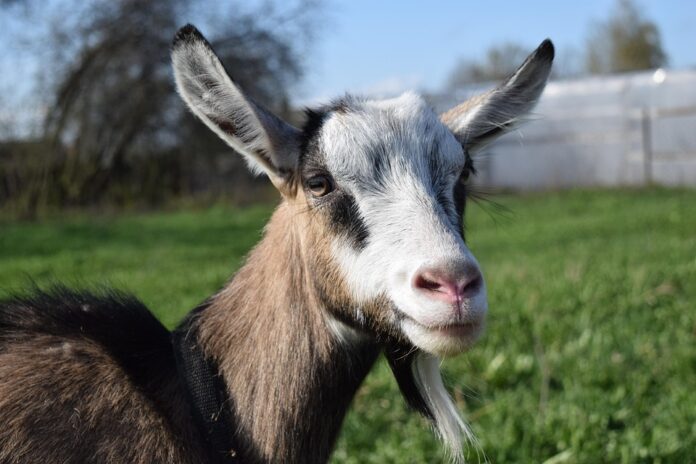Introduction
Goat milk has gained popularity in recent years due to its health benefits and unique taste. From farm to factory, the complete supply chain behind goat milk involves various stages and processes that ensure the production of high-quality milk products. In this report, we will explore the journey of goat milk from the farm to the factory, highlighting key players in the industry, financial data, and industry insights.
Goat Milk Production
Goat Farming
The first step in the supply chain of goat milk production is goat farming. Goat farmers raise dairy goats specifically bred for milk production. These farmers are responsible for feeding, breeding, and milking the goats to ensure a steady supply of fresh milk.
Milking Process
Once the goats are ready to be milked, the milking process begins. Dairy goats are usually milked twice a day using milking machines or by hand. The milk is then stored in tanks or containers to maintain its freshness until it is transported to the processing facility.
Transportation
Transporting Milk
After the milk is collected from the farm, it is transported to the processing facility. Specialized trucks are used to transport the milk to ensure that it remains at the proper temperature and is not contaminated during transit.
Logistics
Logistics plays a crucial role in the transportation of goat milk. Efficient logistics operations ensure that the milk reaches the processing facility in a timely manner, minimizing the risk of spoilage and maintaining the quality of the milk.
Processing
Pasteurization
Once the goat milk reaches the processing facility, it undergoes pasteurization to remove harmful bacteria and pathogens. Pasteurization involves heating the milk to a specific temperature and then rapidly cooling it to kill any bacteria present.
Homogenization
After pasteurization, the goat milk is homogenized to ensure a consistent texture and prevent the cream from separating. Homogenization breaks down the fat particles in the milk, resulting in a smooth and creamy product.
Packaging and Distribution
Packaging
Once the goat milk is processed and homogenized, it is packaged into various containers such as bottles, cartons, or pouches. The packaging is designed to protect the milk from light, air, and contamination, ensuring its freshness and quality.
Distribution
The packaged goat milk is then distributed to retailers, supermarkets, and other outlets for sale to consumers. Distribution networks play a crucial role in ensuring that the milk reaches its destination efficiently and on time.
Key Players in the Industry
Goat Milk Producers
Some of the key players in the goat milk industry include Lalay Dairy, Redwood Hill Farm, and Meyenberg Goat Milk. These companies are known for their high-quality goat milk products and innovative production processes.
Processing Facilities
Processing facilities such as Goat Milk Company and Mt. Capra process and package goat milk products for distribution. These facilities play a critical role in ensuring that the milk is safe, fresh, and meets quality standards.
Financial Data
Market Size
The global goat milk market was valued at $5.4 billion in 2020 and is expected to reach $7.1 billion by 2025, growing at a CAGR of 5.7% during the forecast period. The increasing demand for dairy alternatives and the health benefits of goat milk are driving market growth.
Profit Margins
Profit margins in the goat milk industry vary depending on factors such as production costs, pricing strategies, and market demand. On average, goat milk producers have a profit margin of 10-15%, while processing facilities may have higher profit margins due to added value through processing and packaging.
Industry Insights
Consumer Trends
Consumer trends in the goat milk industry indicate a growing preference for natural, organic, and sustainable dairy products. Goat milk is perceived as a healthy alternative to cow’s milk, appealing to consumers looking for lactose-free options and unique flavors.
Sustainability Initiatives
Many goat milk producers and processing facilities are implementing sustainability initiatives to reduce their environmental impact. These initiatives include energy-efficient production processes, waste reduction measures, and eco-friendly packaging solutions.
In conclusion, the journey of goat milk from farm to factory involves a complex supply chain that ensures the production of high-quality milk products. Key players in the industry, financial data, and industry insights provide valuable insights into the dynamics of the goat milk market. With consumer trends shifting towards healthier and sustainable food choices, the future of the goat milk industry looks promising for both producers and consumers alike.



